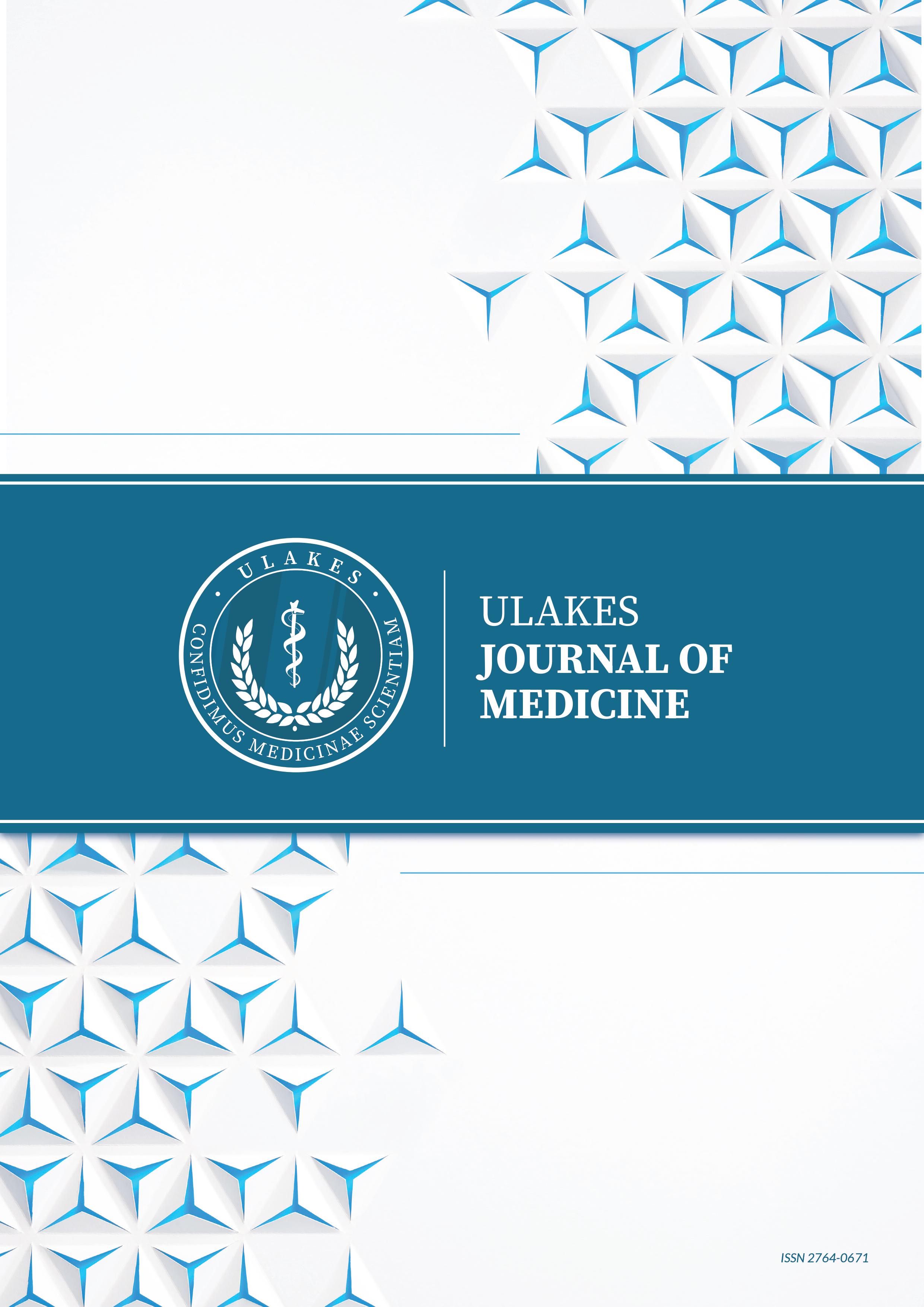Analysis of the Forces Applied in Different Suture Techniques for Wound Closure
COMPARISON BETWEEN DIFFERENT SUTURING TECHNIQUES: ANALYSIS OF APPLIED FORCE, TENSION DISTRIBUTION AND POTENTIAL COMPLICATIONS
DOI:
https://doi.org/10.56084/ulakesjmed.v5i2.1298Abstract
The closure of surgical wounds by suturing is intrinsically linked to the integrity of healing and the prevention of complications. Thus, the technique employed directly influences the distribution of forces within the tissue and the mechanical strength of the wound, affecting perfusion and potentially increasing the risk of ischemia. This study aimed to compare different suturing methods in terms of applied force, tension distribution, and potential complications. A comparative analysis was performed based on four studies retrieved from indexed databases, encompassing techniques such as simple interrupted sutures, vertical and horizontal mattress sutures, conventional and modified pulley techniques, the halving method, and the use of adhesive retention devices. The parameters analyzed included the amount of traction force required, the pattern of tension distribution along the wound, and clinical consequences such as dehiscence, ischemia-induced tissue necrosis, and failed wound approximation. The results demonstrated that techniques like the modified pulley and adhesive devices provided better tension distribution, required less force, and reduced the risk of complications. In contrast, techniques such as the vertical mattress and the halving method concentrated mechanical load at the central point, increasing the likelihood of complications such as cheese wiring and ischemia. This analysis reinforces that techniques promoting a homogeneous distribution of mechanical forces are biomechanically more advantageous and should be prioritized when closing wounds under tension. A careful selection of suturing technique, considering tissue characteristics and wound geometry, is essential to optimize healing outcomes and reduce adverse events.
Keywords: Suture techniques; Wound closure techniques; Tensile strength; Wound healing; Wound dehiscence
Downloads
Published
How to Cite
Issue
Section
License
Copyright (c) 2025 ULAKES JOURNAL OF MEDICINE

This work is licensed under a Creative Commons Attribution-NonCommercial-NoDerivatives 4.0 International License.
Direitos Autorais: Os direitos autorais para os artigos publicados são reservados à ULAKES Journal of Medicine. Em virtude de tratar-se de um periódico de acesso aberto, que utiliza a licença Creative Commons Attribution (CC BY-NC-ND 4.0), é permitido o uso gratuito dos artigos, principalmente em aplicações educacionais e científicas, desde que citada a fonte original.
A revista se reserva o direito de efetuar, nos originais, alterações de ordem normativa, ortográfica e gramatical, com vistas a manter o padrão culto da língua e a credibilidade do veículo. Respeitará, no entanto, o estilo de escrever dos autores. Alterações, correções ou sugestões de ordem conceitual serão encaminhadas aos autores, quando necessário. Os conceitos emitidos nos artigos são de responsabilidade exclusiva dos autores.

